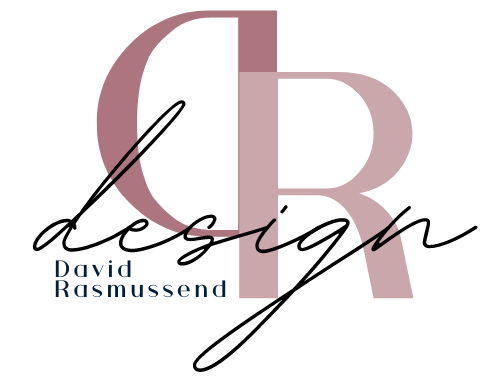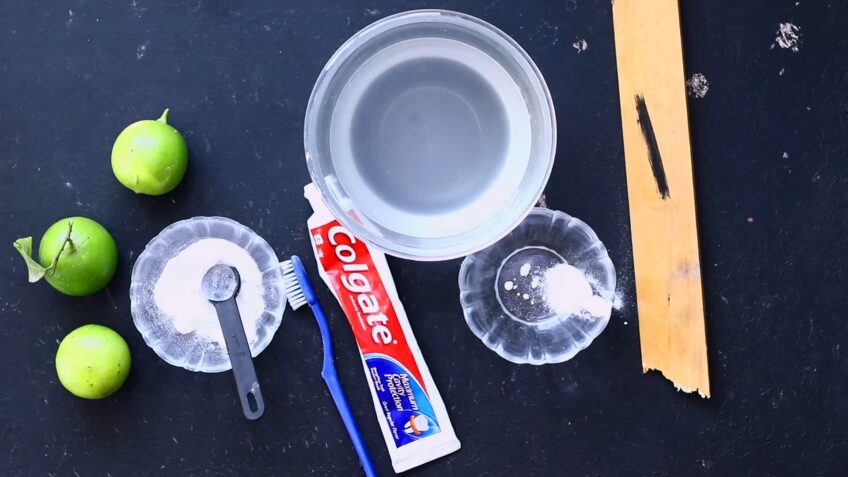Removing permanent markers from wood can be a daunting task, but with the right knowledge and materials, it can be done effectively. Whether it’s an innocent child’s artwork on your wooden table or an accidental mark on your wooden floor, there’s no need to fret.
By design, it is meant to be, well, permanent. However, the porous nature of wood allows for several different strategies and household remedies to remove these stubborn marks.
Wood Surface
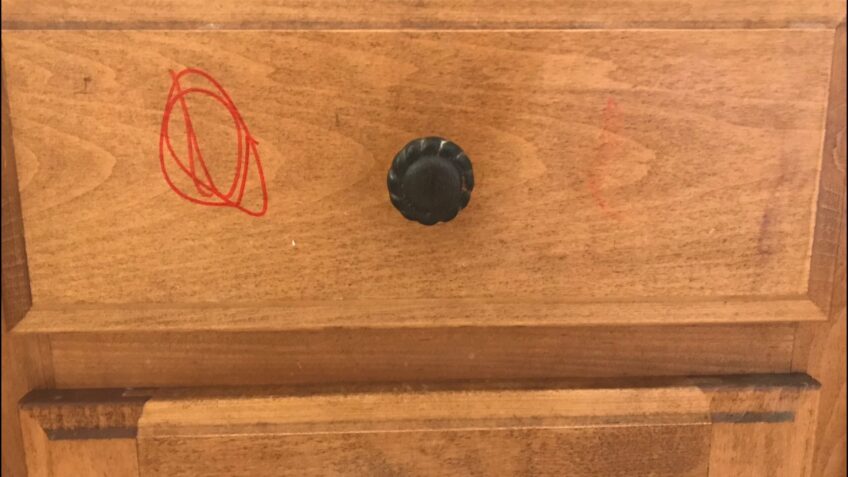
Wood is a porous, organic material, prone to absorbing liquids and pigments, making the removal of permanent markers particularly challenging but not impossible.
The Porosity
Wood’s porous nature means it absorbs ink easily, causing the ink to seep into its fibers. Knowing the level of porosity can significantly impact the effectiveness of the cleaning method chosen.
Different types of wood have different levels of porosity; therefore, understanding this can help in choosing the most effective removal method.
Types of Finishes
Wood finishes are crucial as they protect the wood from damage and create an appealing look. The type of wood finish, be it varnish, lacquer, or oil, can influence the approach to removing permanent marker stains.
Some finishes may be more resistant to stains, while others might make the wood more susceptible to absorbing ink.
Preliminary Steps for Removal
Before diving into removal methods, some initial steps are crucial to prevent further damage and to assess the severity of the stain.
Assessing the Damage
Firstly, examine the extent and depth of the marker stain. Superficial stains are usually easier to deal with, while deeper stains may require more effort and multiple applications of cleaning solutions. Determining the damage can help in selecting the most suitable removal method.
Testing Cleaning Solutions
Always test any cleaning solution on an inconspicuous area of the wood before applying it to the stain. This ensures that the solution will not cause any discoloration or damage to the wood or its finish, avoiding unintended damage while trying to remove the stain.
Using Household Items

Common household items can be used as effective remedies to remove permanent marker from wood, offering a cost-effective and convenient solution.
- Toothpaste and Baking Soda
-
- Mixing toothpaste and baking soda can create an effective cleaning solution.
- Apply the mixture to the stain, let it sit for a few minutes, and then gently rub it with a cloth.
This method is particularly useful as it is non-abrasive, reducing the risk of damaging the wood’s finish.
- Oil-Based Substances
-
- Oil-based substances like olive oil and coconut oil can break down the marker stain.
- Apply a small amount to a cloth and rub it gently on the stained area.
- After removing the stain, clean the area with a mild soap to remove any oil residue.
This method is suitable for both finished and unfinished wood, making it a versatile option.
Commercial Cleaners
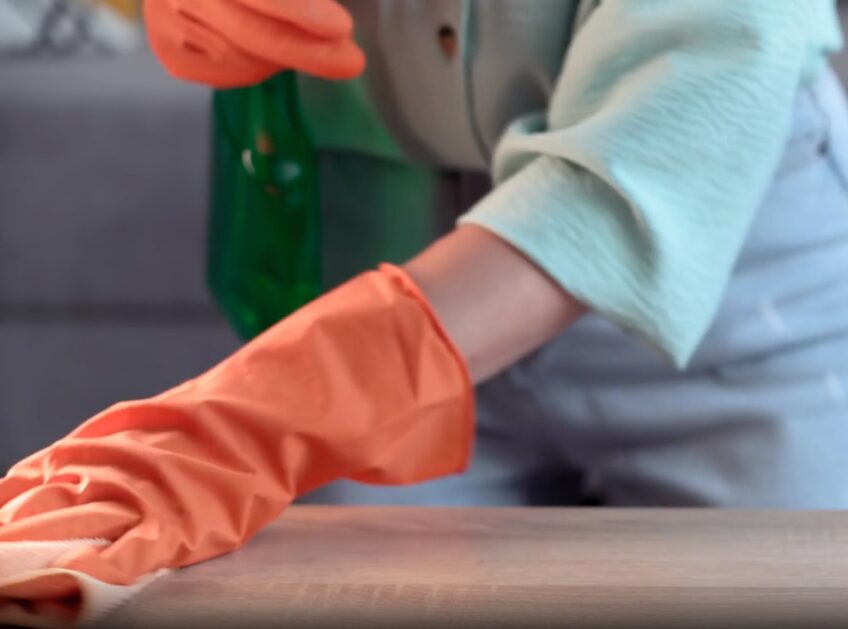
For more stubborn stains, commercial cleaners can offer a more powerful solution. It is crucial to select a cleaner that is suitable for wood to avoid any damage to the surface.
Alcohol-Based Cleaners
Alcohol can be highly effective in removing permanent marker stains from wood. However, it should be used cautiously, as it can potentially harm the wood’s finish. After applying, the area should be cleaned with a mild soap to remove any residue and to neutralize the effect of the alcohol.
Specialized Wood Cleaners
Specialized wood cleaners are formulated to tackle stains on wood without damaging the surface or finish. It’s important to follow the manufacturer’s instructions carefully and to test the cleaner on a hidden area before applying it to the stain to ensure no adverse reactions with the wood or finish.
Professional Refinishing

In some cases, the stain might be too deep and persistent, requiring professional help. Professional refinishing services can restore the wood to its original condition.
Evaluating the Need for Professional Help
If the stain persists after trying other methods, it may be time to consult a professional. A professional can assess the damage and suggest the most appropriate refinishing method, ensuring the preservation of the wood’s integrity and appearance.
The Refinishing Process
The refinishing process involves stripping the old finish, sanding the wood, and applying a new finish. It can be an extensive process, but it guarantees the removal of even the deepest of stains, restoring the wood to its pristine condition, and often enhancing its durability and appearance.
Prevention and Care
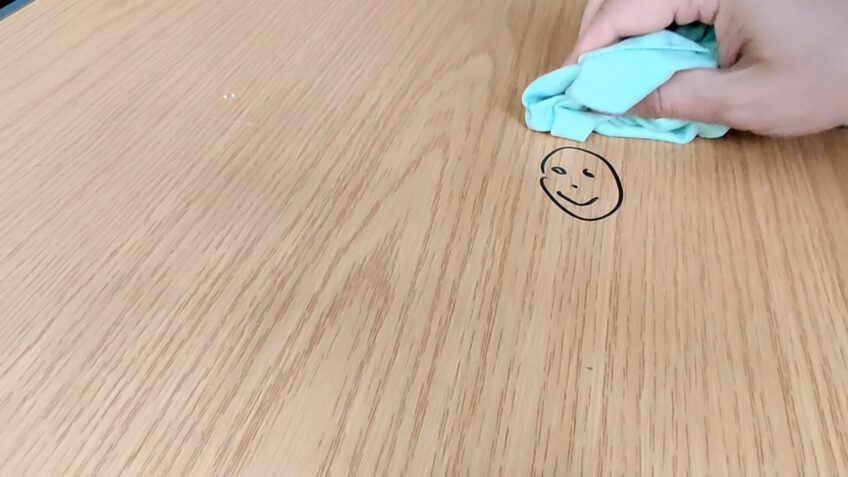
Prevention is always better than cure. Taking measures to protect wood surfaces can save time and effort in the long run and preserve the longevity and appearance of the wood.
Preventive Measures
-
- Use Protective Coverings: Placing mats or covers can protect surfaces from accidental marks and spills.
- Apply Sealants: Using sealants can provide an additional layer of protection to the wood, preventing stains from setting in deeply. Regular Cleaning:
- Regularly cleaning surfaces can prevent permanent marker ink from seeping into the grains, making future removal easier.
Caring Tips
-
- Maintaining the cleanliness and integrity of the wood post-cleaning is crucial.
- Regular cleaning, immediate attention to spills, and avoiding placing sharp objects on the wood can prevent potential damage.
- Using furniture polish can maintain the finish, making it more resistant to stains.
FAQs
Is it safe to use isopropyl alcohol to remove permanent marker from wood?
Isopropyl alcohol can be effective in removing permanent marker stains, but caution is required as it can damage some finishes. Always test a small, inconspicuous area first to ensure no adverse reaction occurs.
Does the type of permanent marker affect the ease of removal?
Yes, different brands and types of permanent markers have varying formulations, affecting how deeply they penetrate the wood and how easily they can be removed.
How can I determine the type of finish on my wood furniture or floor?
You can perform a small test by applying a drop of oil in an inconspicuous area. If it soaks in, it’s likely an oil finish. If it beads, it is a hard finish like lacquer, varnish, or shellac.
Do I need to reapply a finish to the wood after removing the permanent marker stain?
It depends on the method used for removal and the extent of the stain. If the method has altered or removed the finish, reapplication may be necessary to protect the wood and maintain its appearance.
Summary
The journey of removing permanent marker from wood may be intricate but understanding the characteristics of wood, taking preliminary steps, leveraging household items, commercial cleaners, and when needed, opting for professional refinishing, can all contribute to effectively eliminating those stubborn marks.
